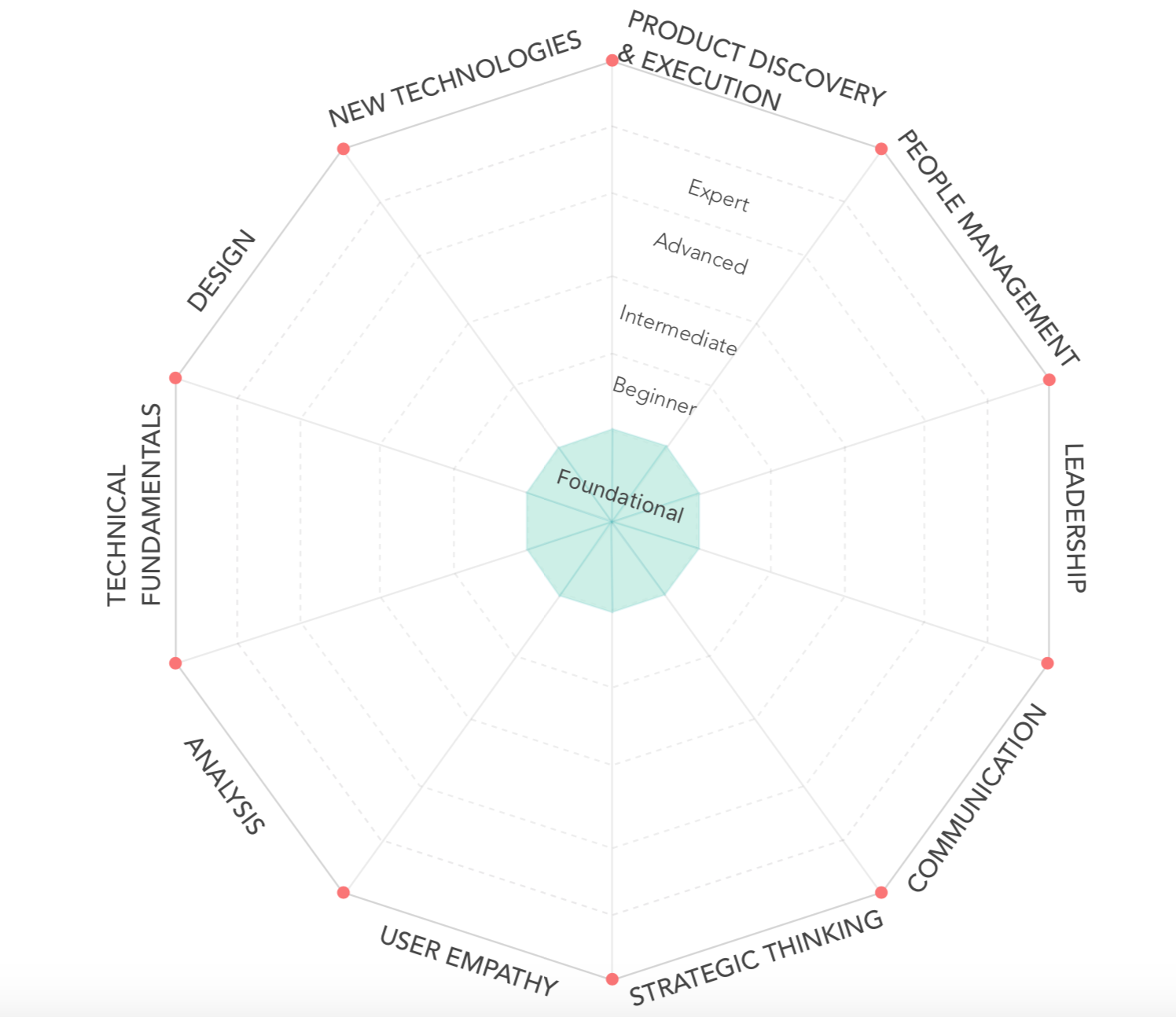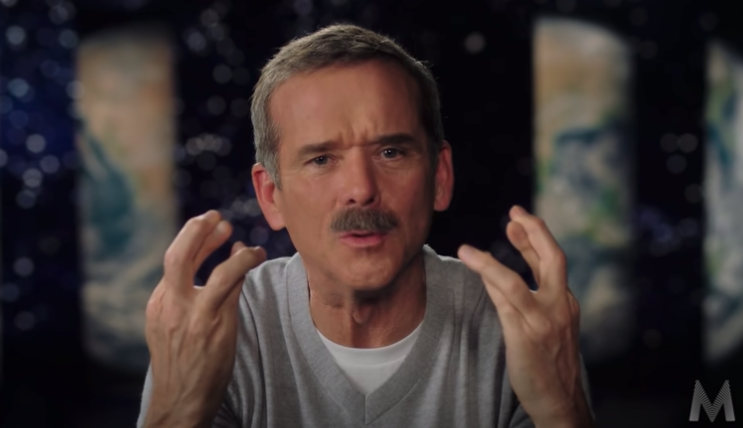If you enjoy reading these stories, you can sign up for my newsletter on Substack to get an email whenever my new posts come out.
Is our digital clutter killing the environment?
Today, I walked outside and took a deep breath of fresh air. Hooray!!!
After a record breaking streak of Spare the Air Days, everything outside being covered in ash, and a day that drew comparisons to BladeRunner, I can no longer take clean air for granted. It got me thinking about what each of us can do to slow global warming.
Read on to hear my thoughts on the responsibilities we have as Product Managers and how we can build more environmentally conscious and socially responsible products.
I’ve written 10 stories in 10 weeks. Here’s what I’ve learned so far.
I’ve always wanted to write, but never had the time. Thanks to shelter-in-place, I’ve now written 10 stories in about as many weeks. That’s 10,000 words that are out on a page rather than locked in my brain!
But of course, like any good product manager, I’m not satisfied with writing in a vacuum. I want to track metrics and analyze how my “product launch” has performed, so that I can understand what’s connecting with people and what’s not. Read on to find out what key metrics I tracked and what I’ve learned so far.
Stop trying to pick habits that last after COVID and plan your roadmap already
Our COVID habits are here to stay. Or are they?
A quick Google search surfaces tons of articles that speculate on which habits will stick. The truth is, nobody knows. Planning your roadmap expecting that these habits will stick is risky because you might place your bets on the wrong habits. A better approach is to combine scenario planning with a good ol’ user needs assessment. In this essay, I’ll show you how.
Finding the good in dark patterns
Dark patterns are sneaky, deceptive, manipulative... maybe even evil. They conjure up nightmare examples of agreeing to privacy policies that (you didn’t realize) share your data with third parties, having to jump through hoops to unsubscribe from a service, or getting notifications to pressure you to speed through checkout.
But are dark patterns just misunderstood? Can dark patterns be used for good??? Read on to find out how I applied the persuasiveness of dark patterns responsibly.
Introducing the Product Decagon, a way for PMs to navigate to their dream job
What do you want to be when you “grow up”?
What are you doing to make it happen?
In today’s post, I’m sharing the Product Decagon framework that I created. It’s a tool for product managers to clarify your vision of what you want to be when you grow up, assess your skills and gaps, and plan your career development. I hope you’ll give the Product Decagon a try, and would love to hear what you think in the comments.
How NOT to prioritize
Prioritization is a key part of any Product Manager job. It seems like there have been a million+1 articles written about how to prioritize. Let’s have a little fun and talk about how NOT to prioritize. Read on to find out what’s in my top 3 “favorite” list.
So easy a toddler can do it
Anyone remember drunk UX testing? The premise was that your website should be so simple, a drunk person could use it. I decided to do my own riff on this idea, replacing a drunk person with a toddler. Your website should be so simple, a young child should be able to use it, right?
Read on to find out what happened in my experiment. What websites did they test and did they pass the toddler UX test???
How to create products that are unforgettable
What is it about music that creates such a strong imprint in your memory? Often I find that I can remember not just the lyrics and harmonies in a song, but also exactly what I was doing while listening to it. Read on to hear more about this cause and effect, and I’ll share my magic formula for how you can build product experiences that people love and remember years later.
My 3 favorite features and 3 takeaways from WWDC 2020
Who watched the WWDC Keynote today? What announcements were you excited about? Read on to find out the three announcements that were my favorites and the three themes that I took away from this morning’s session.
My own version of “What the suck”
How does -1% = -30%? Getting stitches is never fun, and even a small injury becomes magnified when it restricts your movement. Like Shripriya Mahesh’s talk on “What the Suck”, read on to see how “the Suck” inspired me to be a product manager that clarifies the right problem to solve, designs for accessibility and inclusion, and embraces user empathy.
Harnessing growth mindset to design a spider killer
The past two weeks, I’ve felt heavy hearted about the state of our nation: racial tensions, protests, and looting, all in the backdrop of a pandemic and economic recession. It felt reminiscent of the Rodney King riots that occurred nearly thirty years ago when I was a child, and I was discouraged to think about how little had changed. I went through the initial stages of feeling overwhelmed and defeated. I wanted to do something, but I was scared that I’d do or say the wrong thing.
Then, a chance encounter with a spider helped me remember that as a product person, I believe in experimentation and having a growth mindset. It’s ok to not feel certain that you have the right answer. Try different solutions, test them out and learn from it. Taking action moves you closer to the right answer, whereas standing still leaves you right where you were when you started. Whether it’s building a new enrollment flow or fighting for equality, take action, even if it means you might fail sometimes.
How epic storytelling compelled me to watch an ad
How often do you watch an ENTIRE ad on YouTube, without hitting ‘Skip ad’ after the requisite five seconds of playback are up? For me, the answer was never… until I experienced Chris Hadfield’s ad for MasterClass. Read on to see why this ad captivated me, and what we, as product leaders, can learn from it about the power of telling a darn good story.













